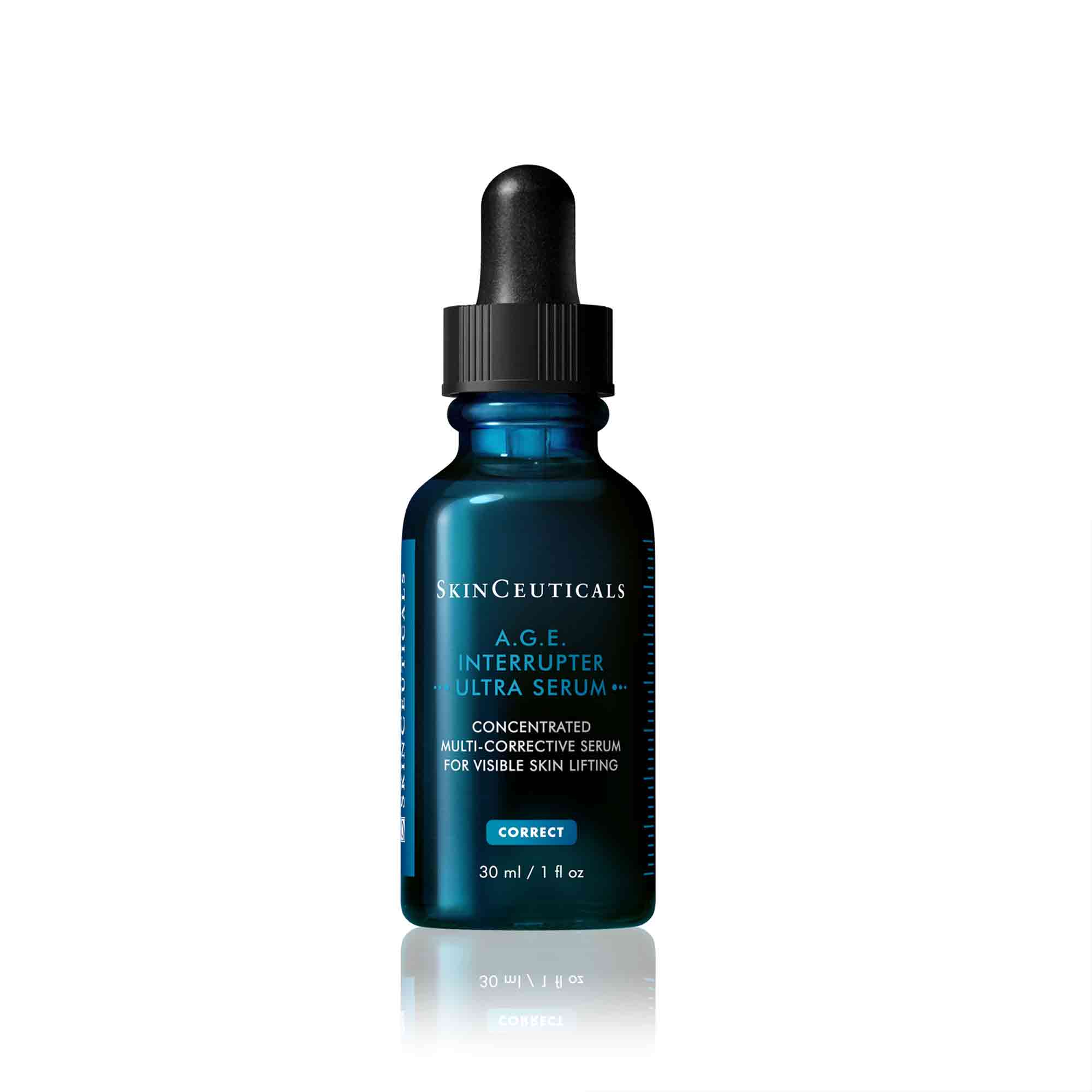
Correct
Appears shiny
Overactive sebaceous glands
More prone to acne

Correct
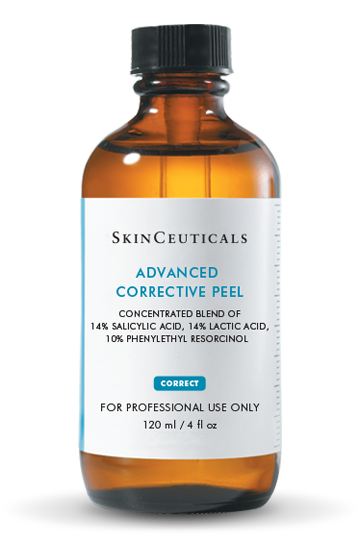
Correct
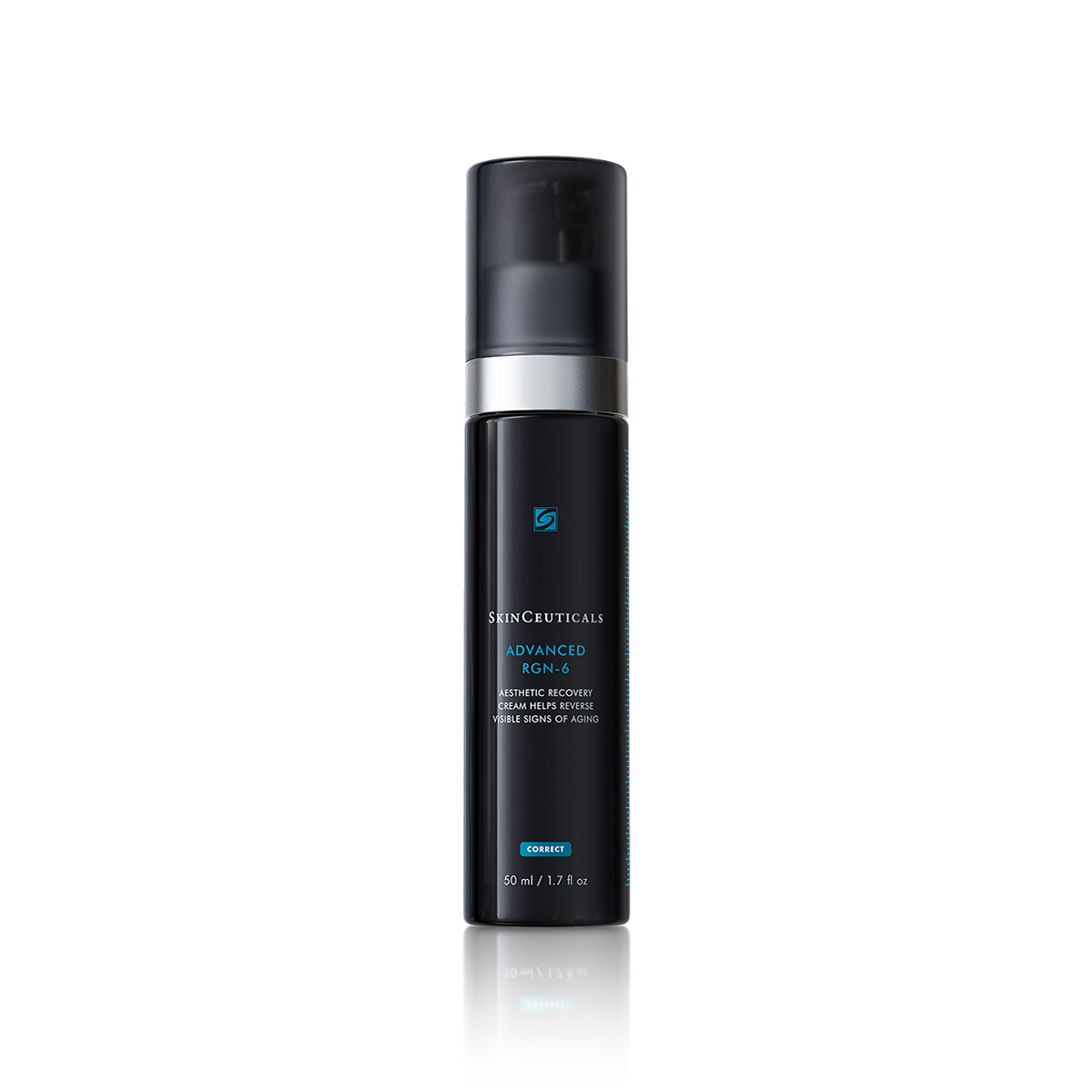
Correct
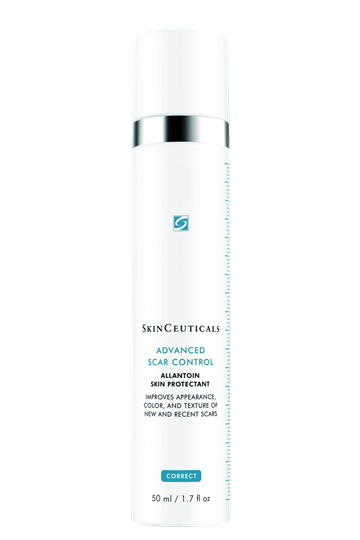
Correct
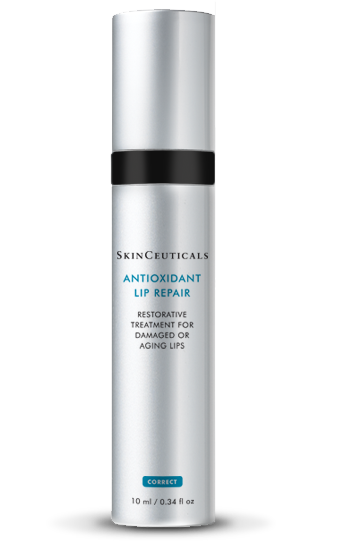
Correct
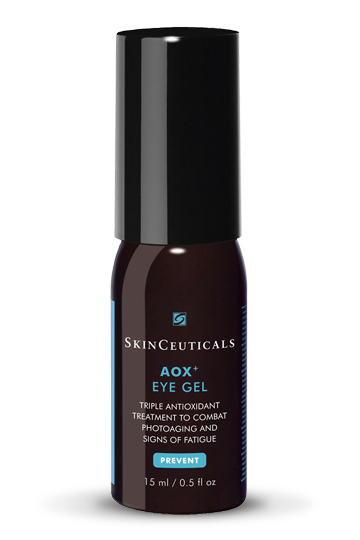
Prevent
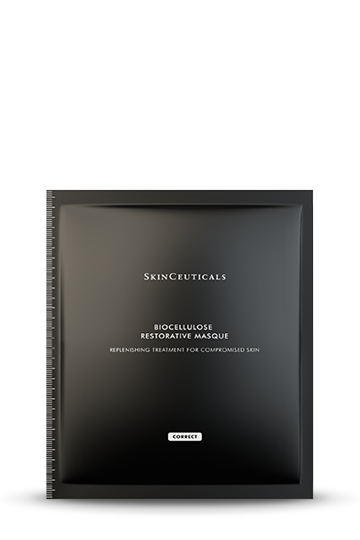
Correct
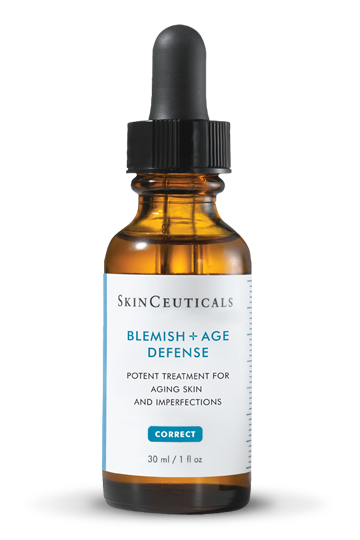
Correct

Prevent
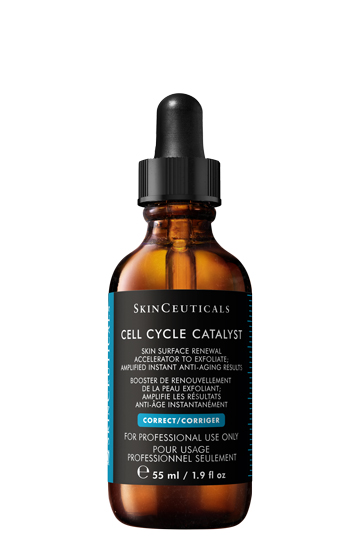
Correct
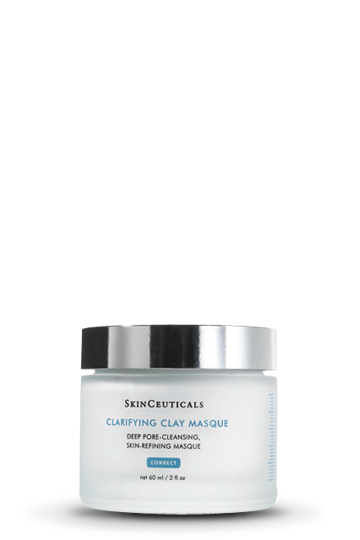
Correct
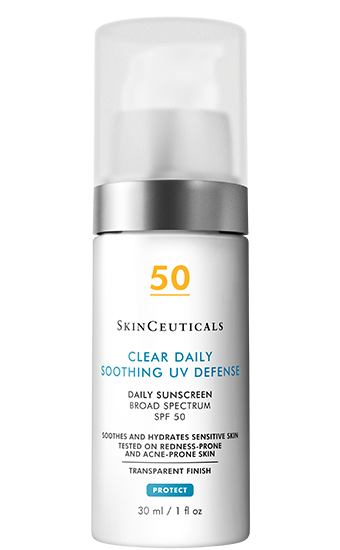
Protect
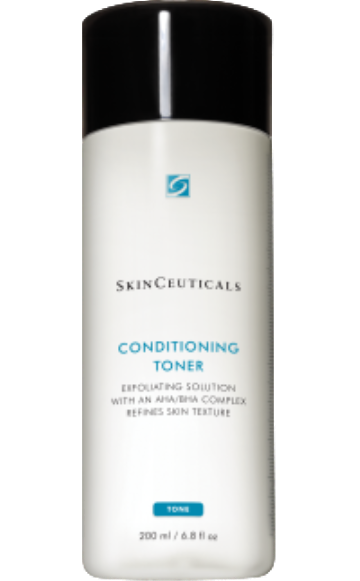

Protect
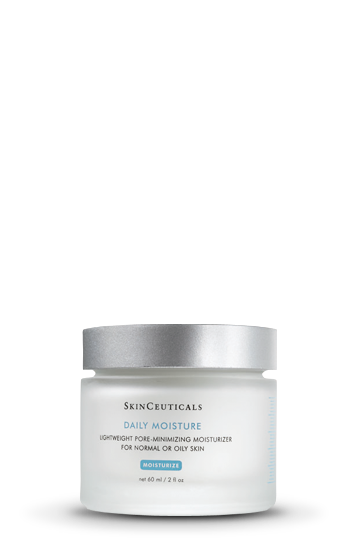
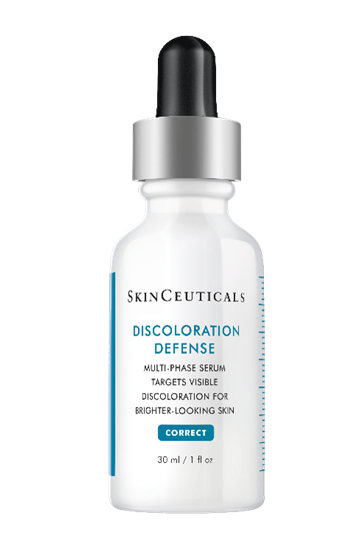
Correct
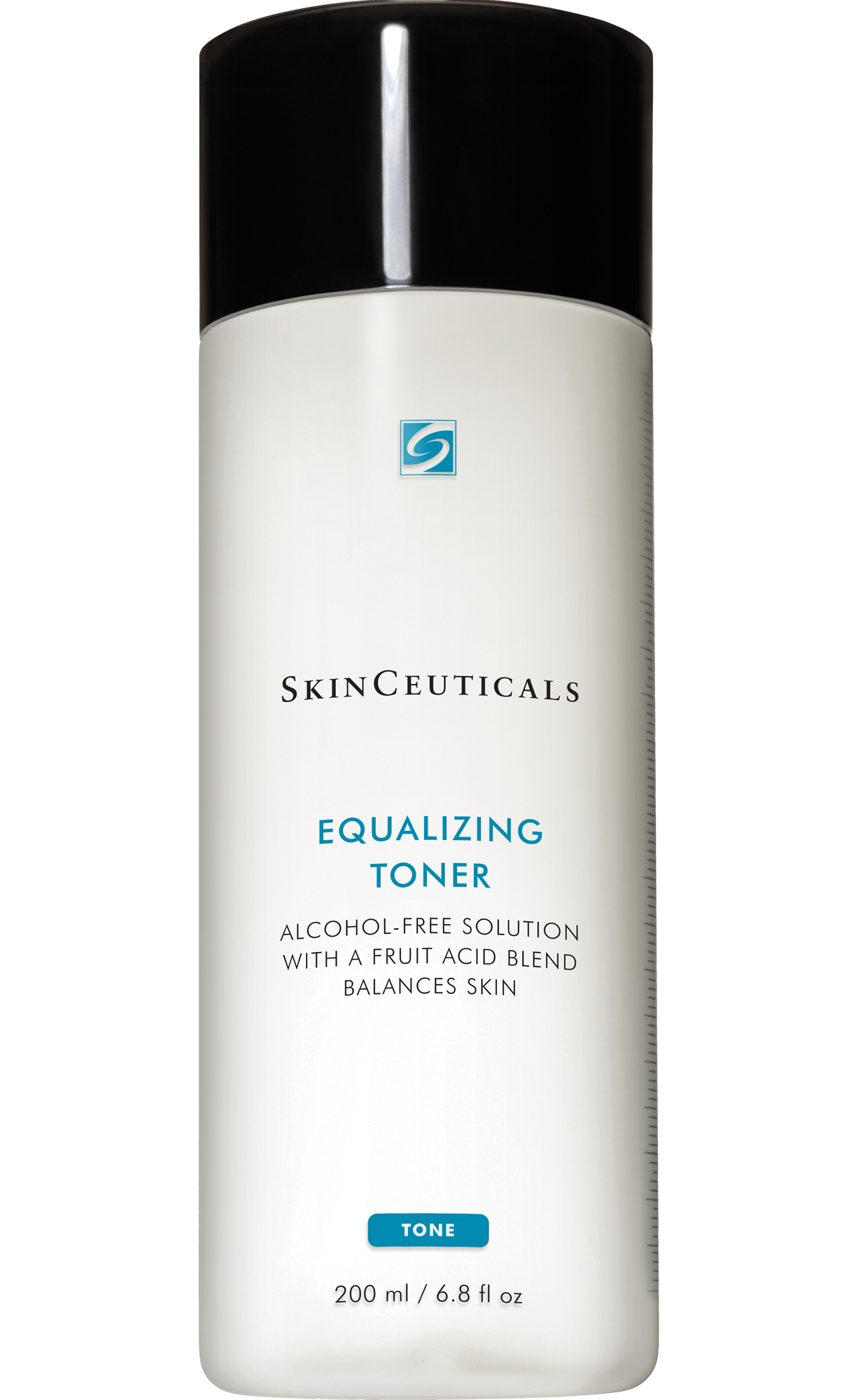

Correct
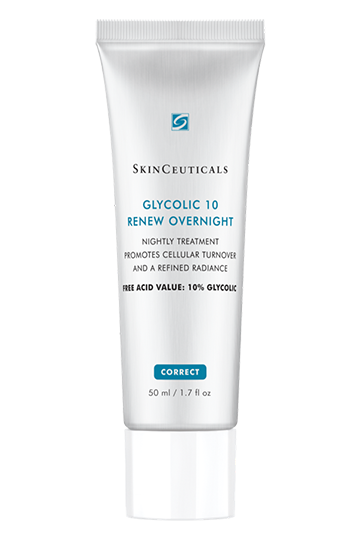
Correct
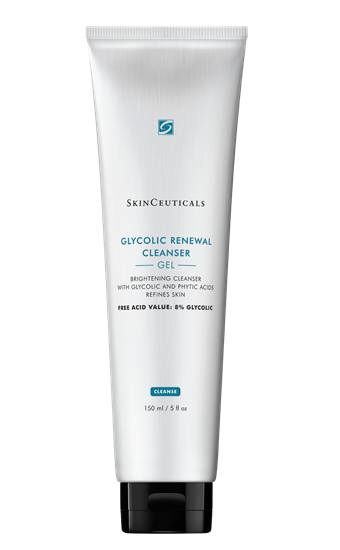
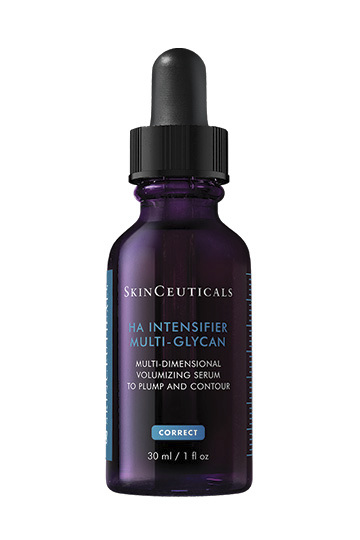
Correct
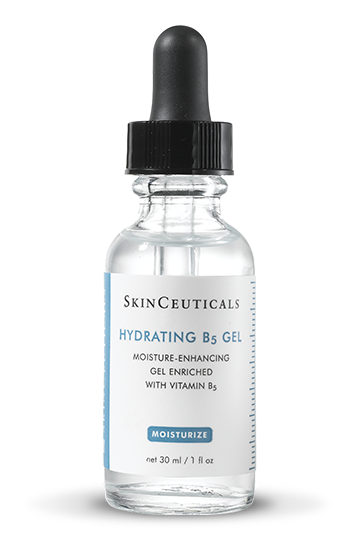

Correct


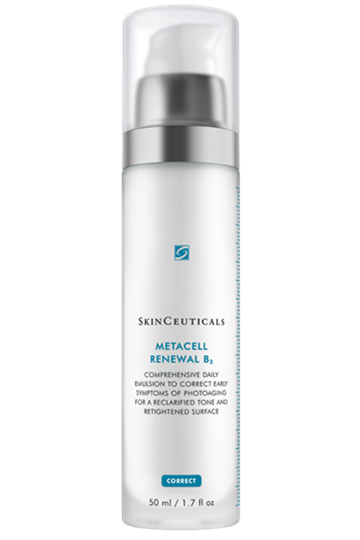
Correct
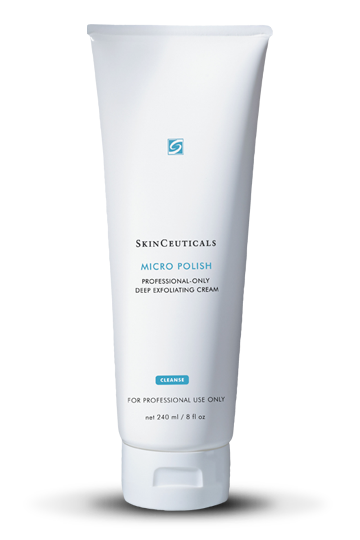
Correct

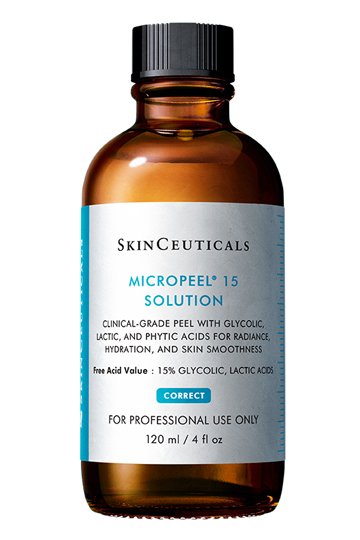
Correct
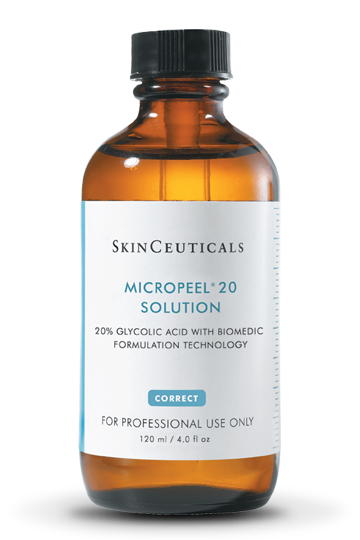
Correct
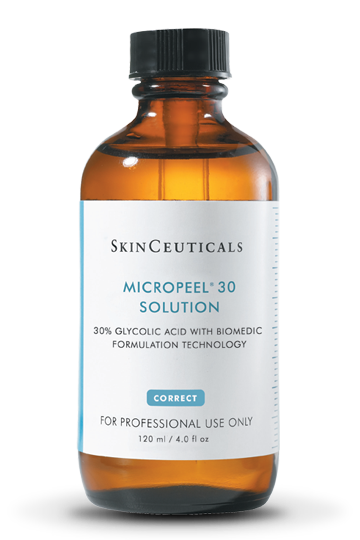
Correct
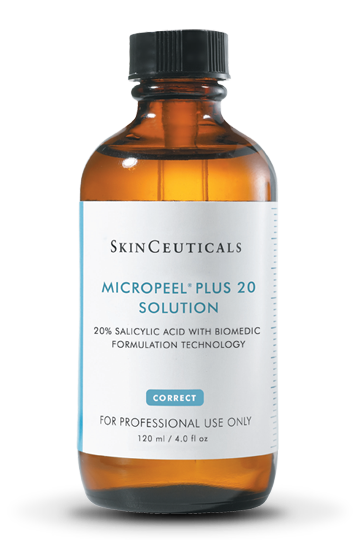
Correct
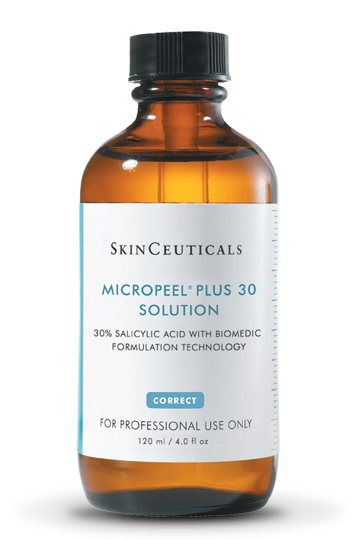
Correct

Correct

Prevent

Protect
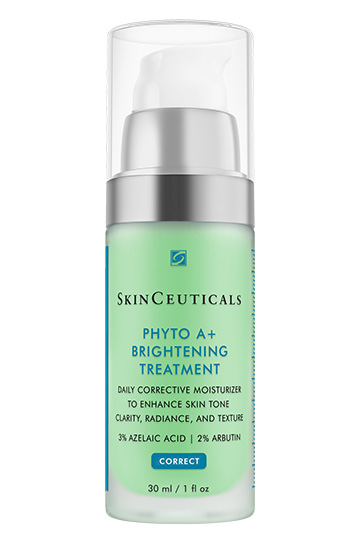
Correct

Correct
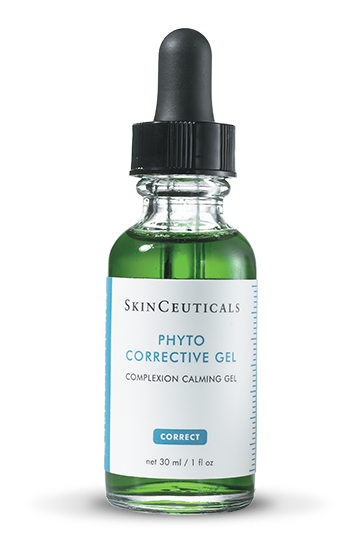
Correct
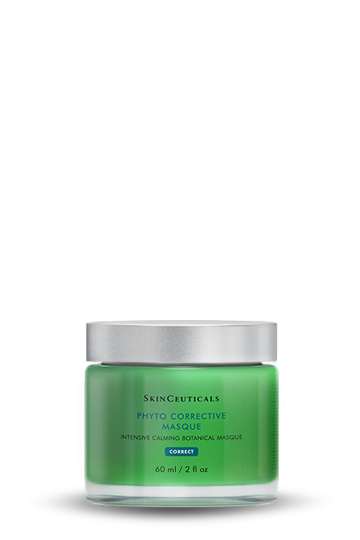
Correct
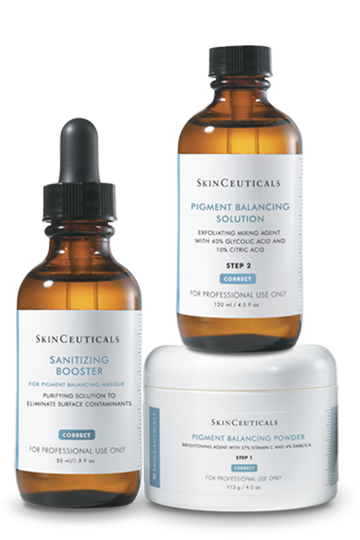
Correct
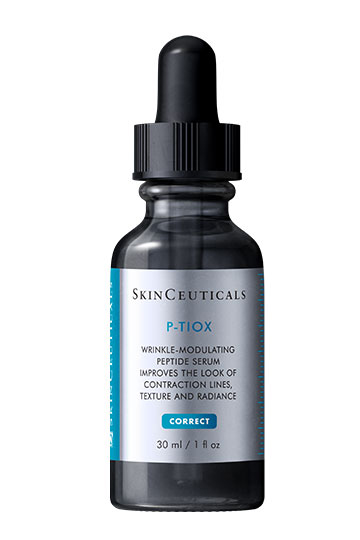
Correct
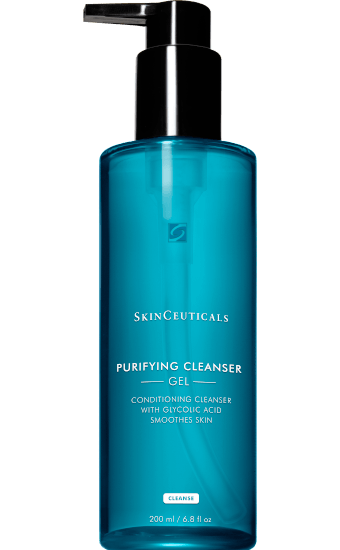
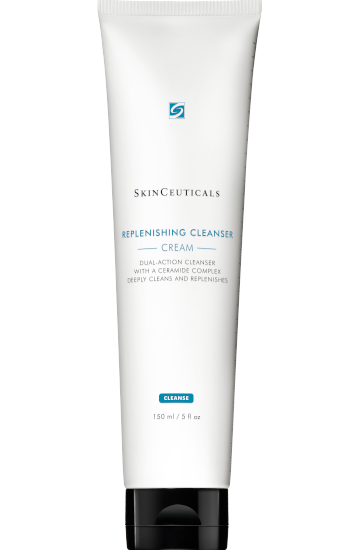
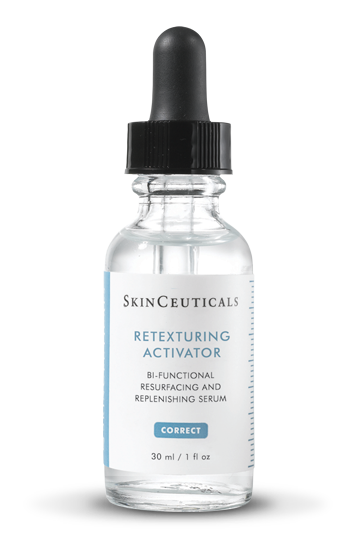
Correct

Correct
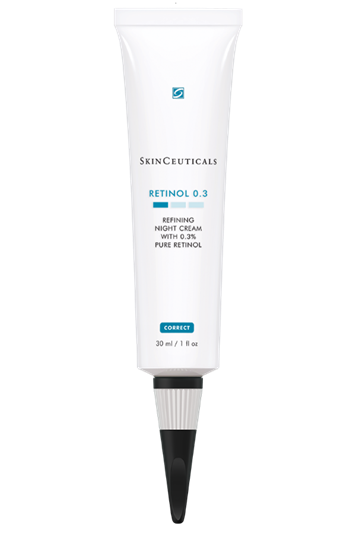
Correct
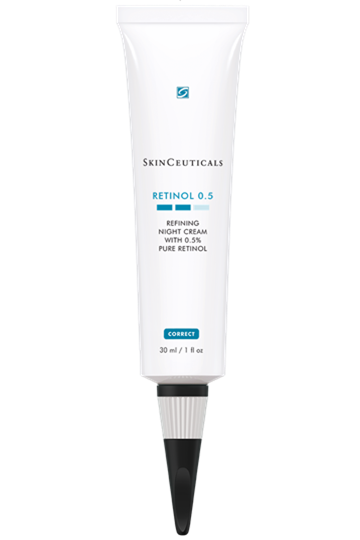
Correct
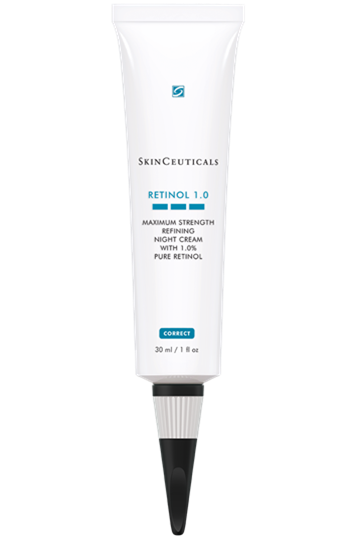
Correct

Prevent

Protect

Prevent
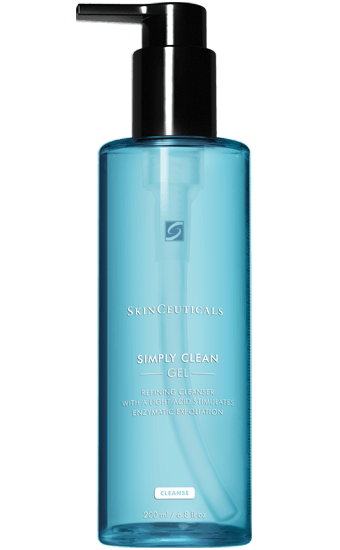
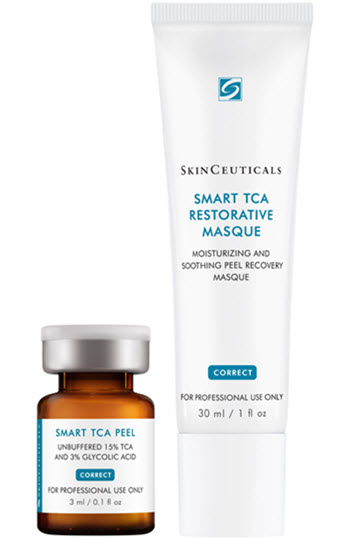
Correct
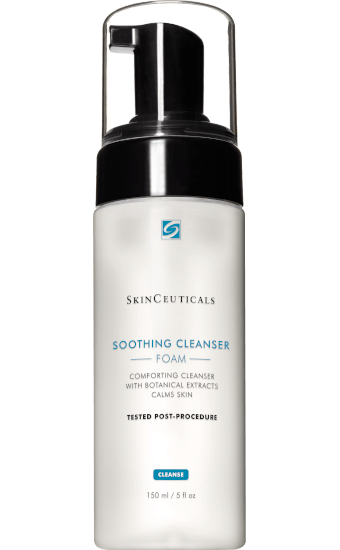
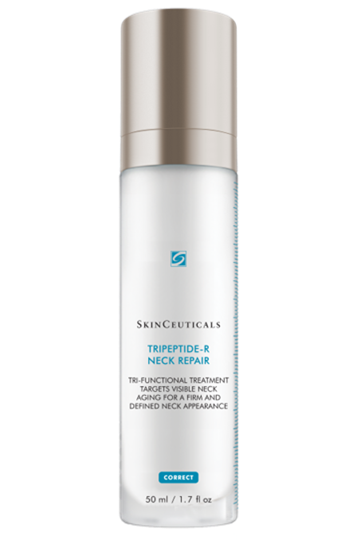
Correct
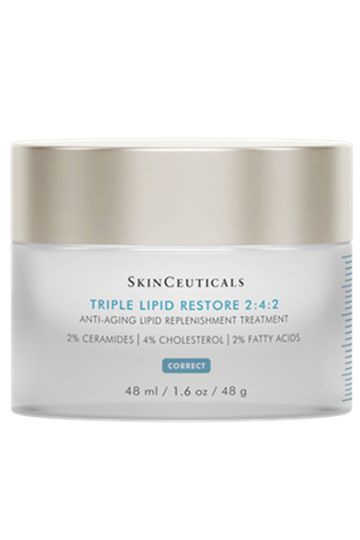
Correct
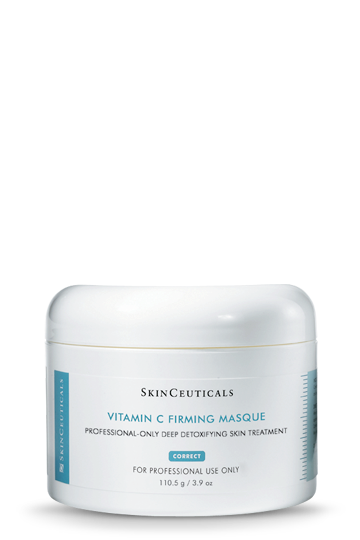
Correct
Learn more about SkinCeuticals
Oily skin is one of the most common complexion concerns, and a variety of factors play a role in the amount of sebum that is produced by the skin.
Genetics are a main determining factor, and hormones (especially the effect of the male hormone, testosterone) can accelerate oil production as well. In addition to excess shine, other signs of oily skin include enlarged pores and acne, which is especially common in those with overactive sebaceous glands. Many oily skin products contain salicylic acid, because it helps regulate sebum production and eliminate a build-up of dead skin cells that can clog pores and lead to acne flare-ups. LHA and dioic acid are beneficial for oily skin due to their exfoliating properties. Another common oily skincare ingredient is clay, such as kaolin, and this is effective for absorbing excess oil and controlling shine. But having oily skin does have its benefits. Those with oily skin often develop visible signs of aging like fine lines and wrinkles later in life due to the extra hydration that sebum delivers to the skin. With the right oily skin products, sebum can be controlled, shine can be kept at bay, and the skin’s health and beauty can be optimized.